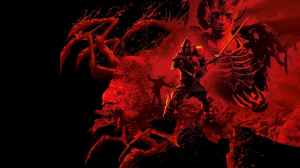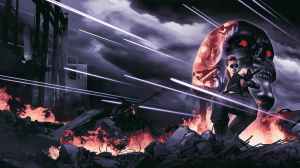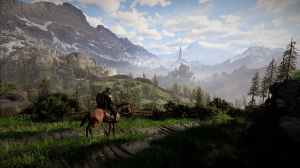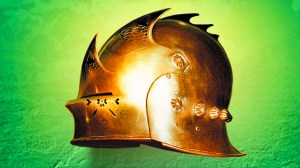The games that stick with us the most are usually rooted in tragedy, and they imprint upon us a deeper meaning that, regardless of whether we digest the full message, those values still reach us emotionally. The way these games stick with us often leads to them becoming some of our favorite games of all time. Zelda games are inherently tragic, and most especially, Ocarina of Time has Shakespearean levels of tragedy. Despite this, Ocarina of Time is often considered one of the best games of all time.
Videos by ComicBook.com
What makes Zelda: Ocarina of Time so tragic? The journey starts with an invitation to see the Great Deku Tree, where he reveals that a curse is spreading across the land. The Great Deku Tree tasks Link with preventing Ganondorf from entering the sacred realm and restoring order to the land. The adventure begins with stopping Ganondorf, healing nature, and all these tasks land on a child’s shoulders. Many themes make Ocarina of Time tragic, but the loss of Link’s childhood is perhaps its most heartwrenching element.
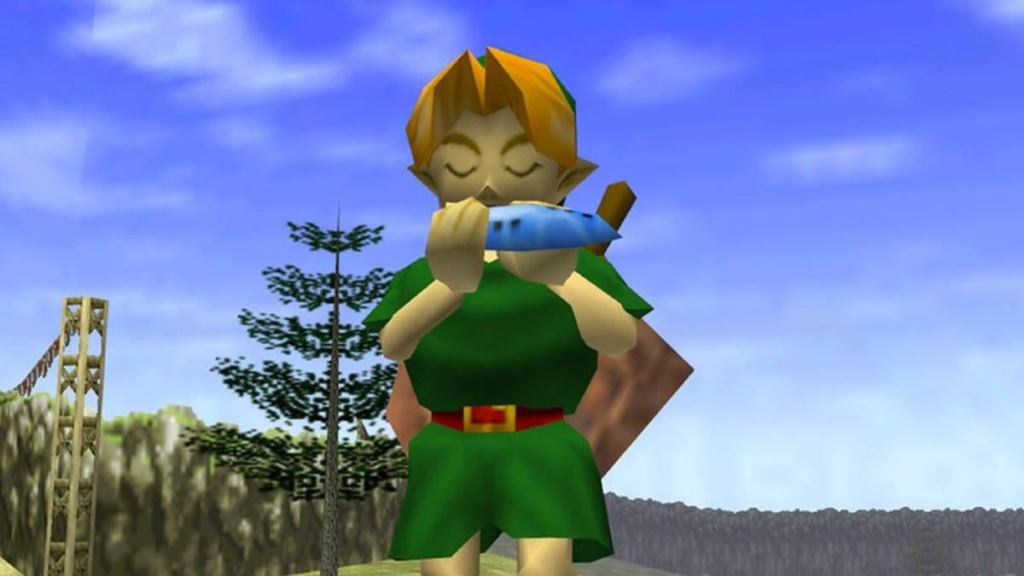
After the death of the Great Deku Tree, Link begins his quest out into Hyrule, which also means parting with his friends, or one particular friend, Saria. The task set for Link is a task that is above his years. When saying goodbye to Saria, Link is only able to run awkwardly away from the hardship of losing a friend. In that moment, Link truly was a child who had to grow up before his time.
During the first part of Ocarina of Time, there is a child-like sense of wonder when exploring and adventuring to collect the sacred stones and enter the Temple of Time. And that journey across Hyrule is rewarding, with the many different friendships that are formed. Whether it’s sneaking into the palace to meet with Princess Zelda, or climbing inside Lord Jabu-Jabu to save Princess Ruto, there are plenty of moments that explore this childlike sense of wonder… until there wasn’t.
Little did Link and Zelda know that Ganondorf was unable to acquire the sacred stones and enter the Temple of Time on his own, but with Link having done all the work, Ganondorf was free to enter the Temple of Time. Ganondorf assumes leadership over Hyrule, and the Sages seal Link away for seven years in a slumber that would only end when he was truly worthy of assuming the role of Hero of Time. Link’s childhood is robbed from him before he can even experience it.
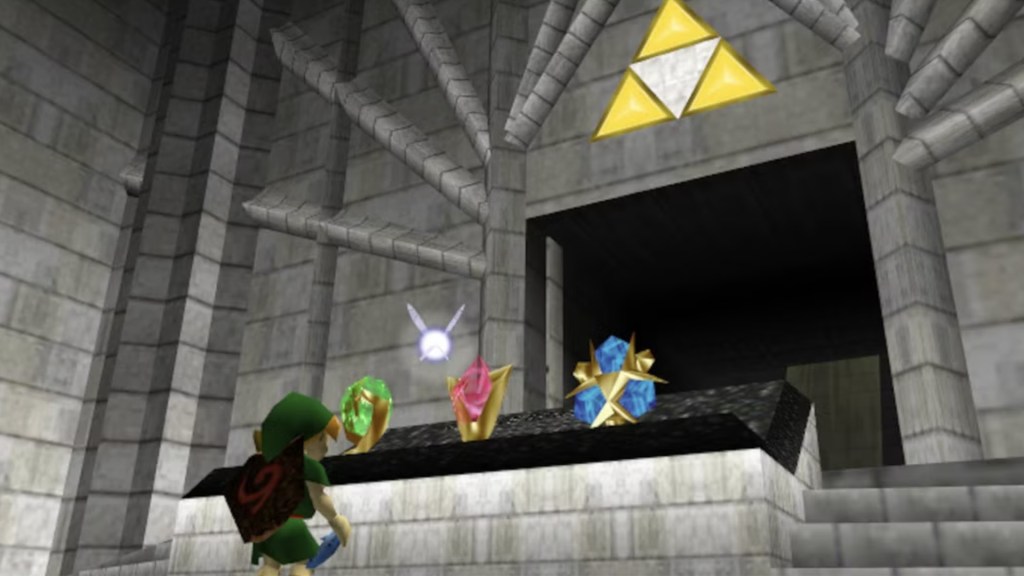
The world and the people in Link’s life kept moving forward during those seven years. When Link finally left the Temple of Time, Hyrule had descended and decayed into Dark Hyrule. Similarly, nature is no longer in balance. Lake Hylia is drained, Death Mountain suffers from consistent eruptions that darken the skies, and Kakariko Village is haunted by vengeful dark spirits. The world Link awoke to is a world torn asunder, seven years of life gone.
While Link revisits old haunts to wake the seven Sages, he finds that many of his friends who assumed the role of a Sage live in a world on the brink of destruction. Including Ruto, who had hoped for a world where Link and her could be engaged and marry, but sadly, those childlike dreams truly had to come to an end.
As Link progresses across and cleanses the different temples and awakens the different Sages, the land begins to heal. It does come at a cost, as enemies before were smaller and easier to defeat, whereas now healing Hyrule means contending with much more serious enemies like the Redead or Wallmaster. Eventually, Link confronts Ganondorf to end his evil reign. That reign ends at great personal expense, but Link is able to overcome Ganondorf and restore Hyrule.
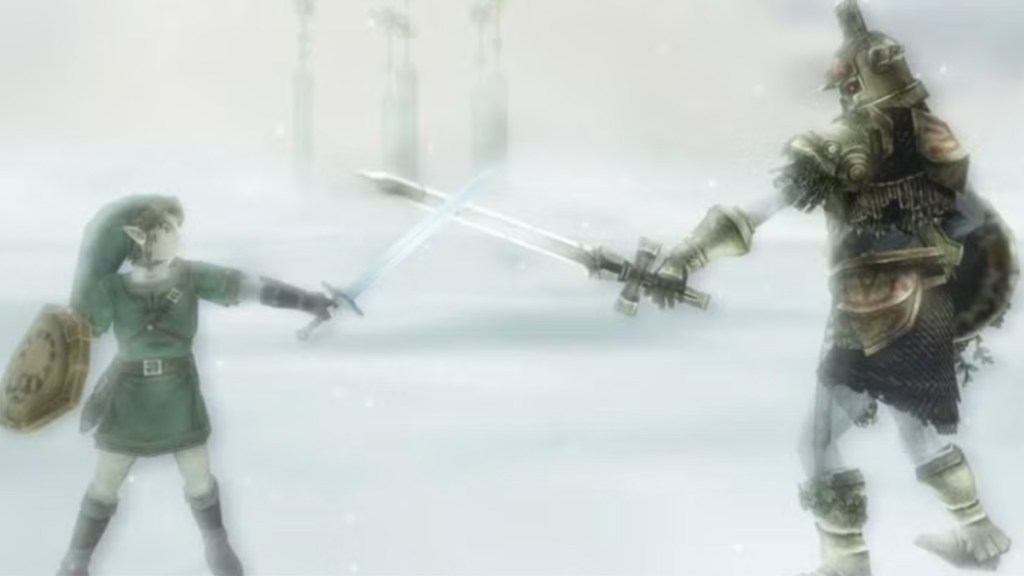
Defeating Ganondorf and saving Hyrule also doesn’t come without a cost. With the quest complete, the Hero of Time is able to return to the childhood he lost, but still carries the memories and feats accomplished in order to save Hyrule. However, in this new timeline, no one knows of what he sacrificed, since everything Ganondorf attempted to accomplish doesn’t exist within this world. Those memories remain an experience he has to bear on his own. Moreover, with the quest complete, Link’s fairy companion, Navi, also doesn’t remain. After all, Link isn’t a child of the forest, but an orphan from Hyrule who only grew up in Kokiri Forest. And without Navi, Link cannot resume his childhood in Kokiri Forest.
To return to Kokiri Forest without a fairy only leads to one fate: becoming a Stalfos. Sadly, the fate of the Hero of Time is perhaps revealed in a later title, The Legend of Zelda: Twilight Princess, where our new hero comes to learn from the Hero’s Spirit. The Hero’s Spirit reveals himself to be of the same bloodline as the younger Hero, that he once saved the land of Hyrule, and his general appearance is similar to that of a Stalfos. Perhaps the Hero of Time, with some of those friendships in Hyrule unrealized and nowhere else to go, despite the fate that would be left to him upon reentering Kokiri Forest, Link decided to go home.


